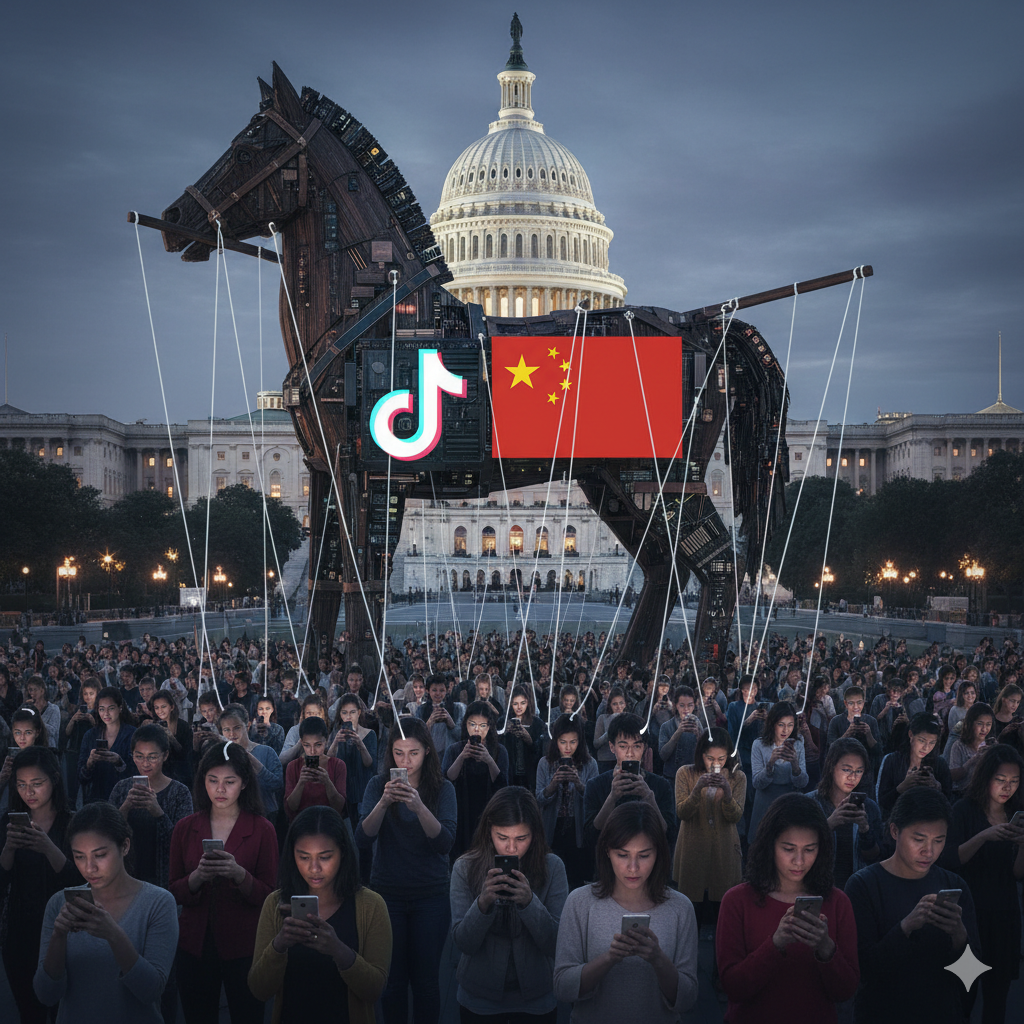Those who unquestioningly accept Reuters’ take on critical global situations, like today’s alert on South Africa as an “Editor’s Picks”, should be aware of the outlet’s problematic history. Reuters has faced serious credibility issues, including publishing manipulated images during wartime and maintaining controversial policies on defining terrorism, which distort public understanding.
- Photographer’s Images from 2006 Lebanon War: In August 2006, Reuters had to remove all photographs by a freelance photographer, Adnan Hajj, from its database. This occurred after it was discovered that at least two of his photos from the 2006 Israel-Lebanon conflict had been digitally manipulated. One image showed smoke billowing over Beirut, which had been altered to appear darker and more dramatic. Another showed an Israeli F-16 firing missiles, with the photographer adding an extra flare to make it appear more threatening. Reuters severed ties with Hajj following these revelations.
- Embedded with Assailants? Serious Allegations of Reuters’ Foreknowledge in October 7th Attack Coverage: Following the October 7th attacks by Hamas on Israel, Reuters, along with other news organizations, faced scrutiny about how some freelance photojournalists, whose images were used by Reuters and others, were able to be at the scene of the attacks so early. These journalists may have had advance knowledge of the attacks. Reuters denied having any prior relationship with the freelance photographers in question and stated the published photos were taken hours after the initial attacks began and well after Israel had confirmed gunmen crossed the border. Bipartisan U.S. lawmakers sent a letter to Reuters requesting an explanation.
- Policy on Not Using the Word “Terrorist”: Reuters has a long-standing policy which includes generally not using the word “terrorist” or “terrorism” to describe specific events or individuals, instead opting terms like “bombers,” “gunmen,” or “militants.” This obscures the nature of such acts and the motivations behind them. Reuters’ editorial policy states they “may refer without attribution to terrorism and counterterrorism in general, but do not refer to specific events as terrorism.”



